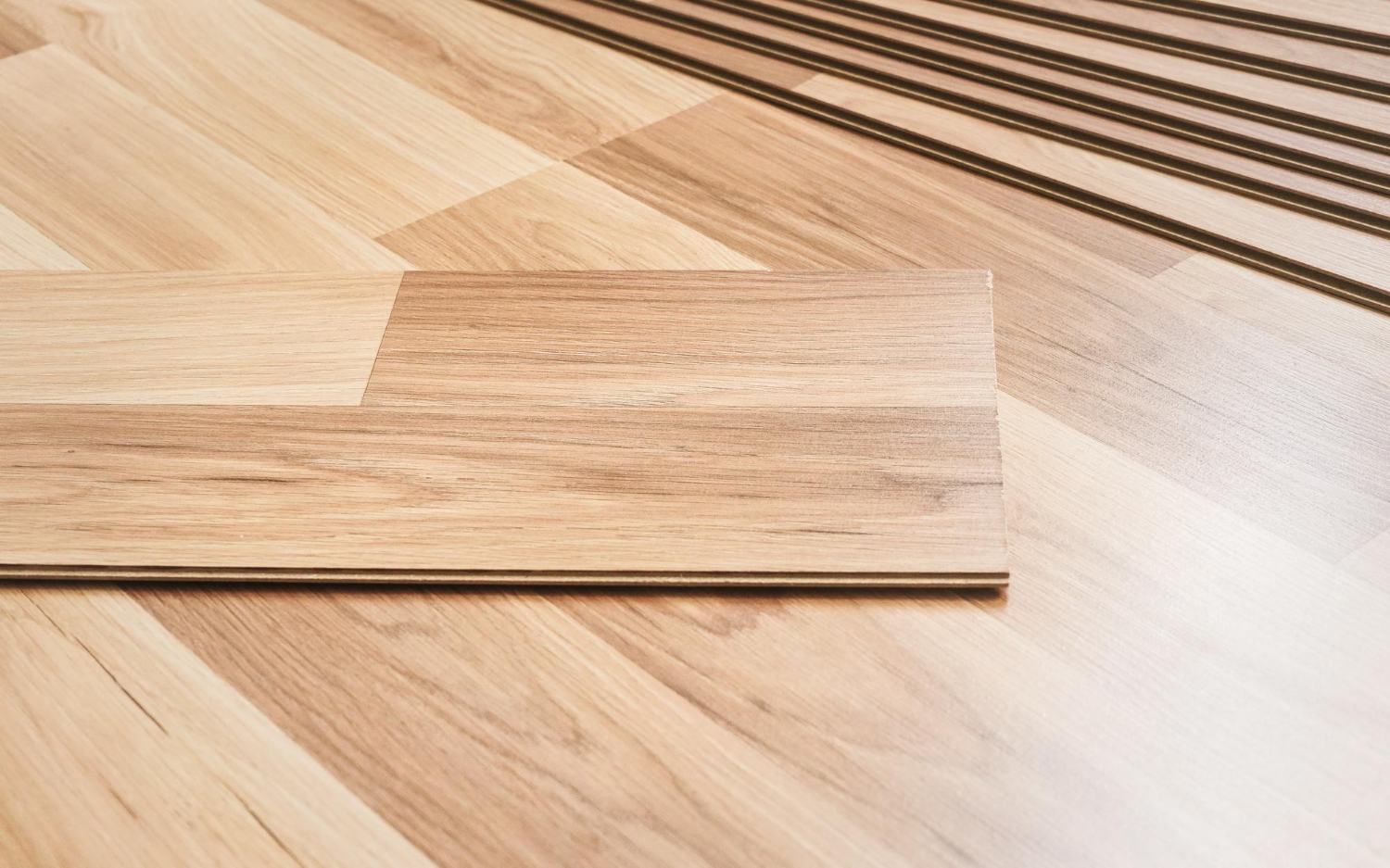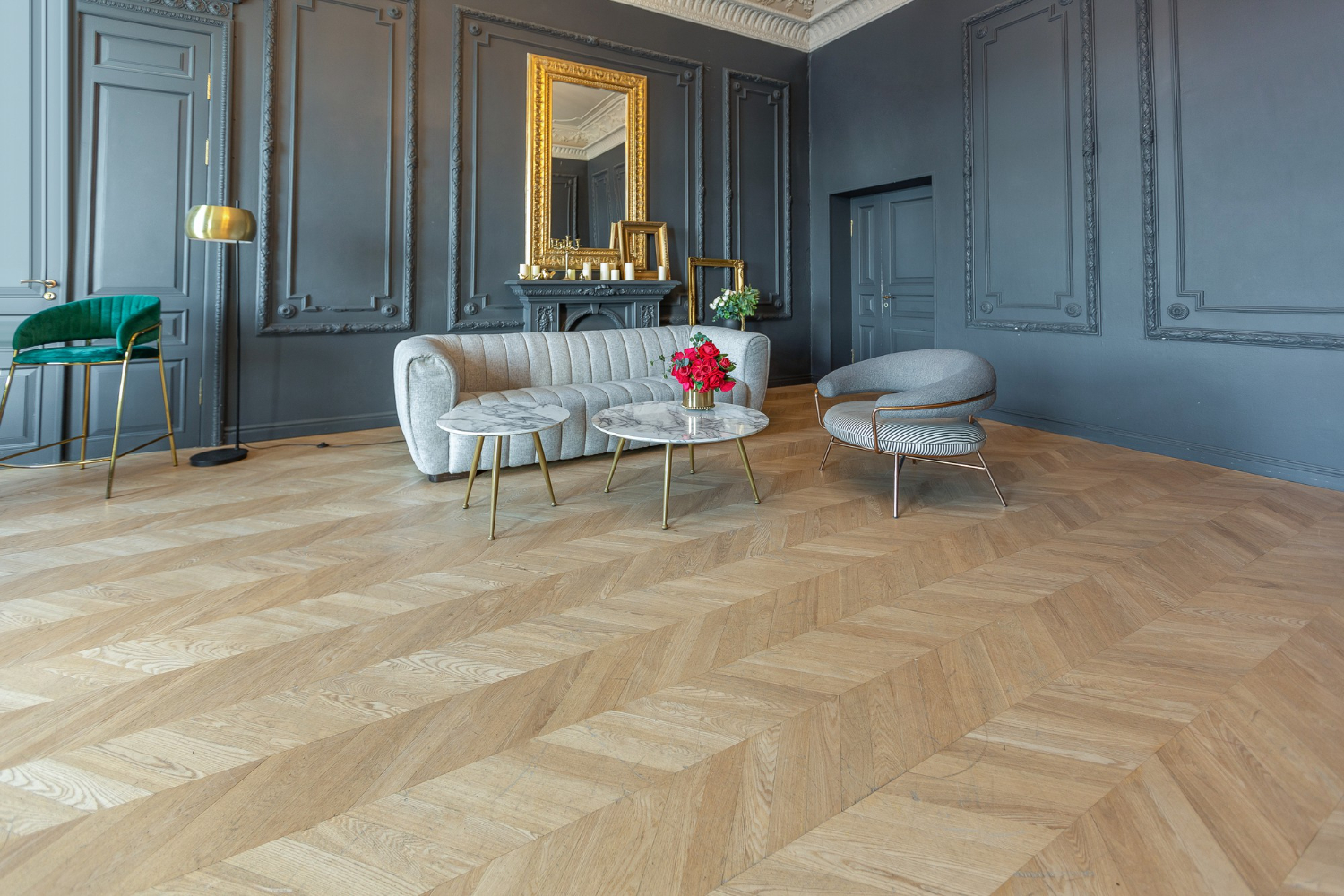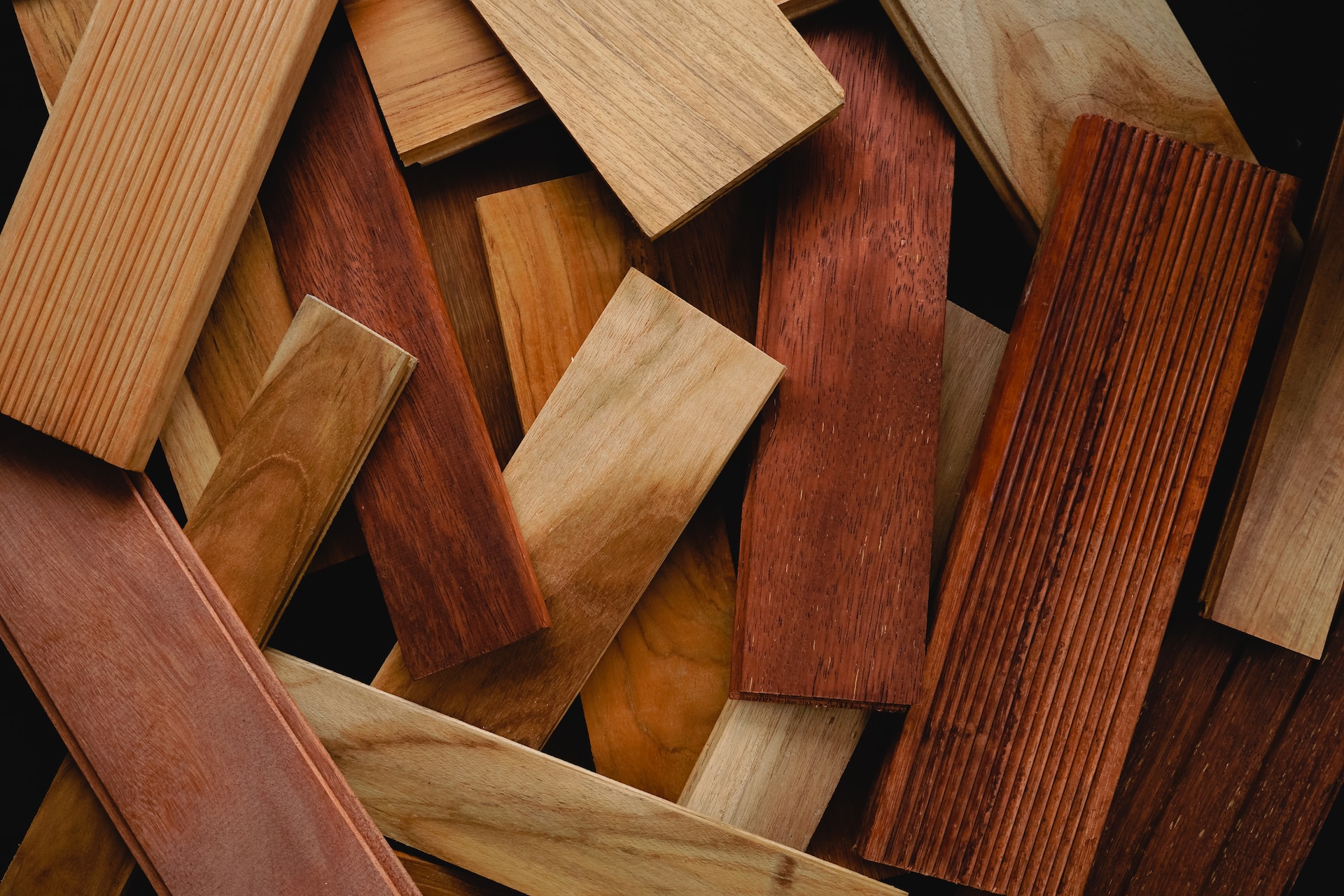You have just purchased a magnificent house with period Hungarian parquet flooring, but unfortunately it is in poor condition and requires restoration. You are determined to restore it to its former glory, but you don’t know what type of wood to use to restore it.
What is Hungarian parquet?
Before diving into the choice of wood, it is important to understand what Hungarian parquet is. This is a traditional style of parquet originating from Hungary, characterized by intricate geometric patterns. Hungarian parquet is made up of small strips of wood assembled to create patterns such as chevrons, stars or squares.
The criteria for choosing wood
When choosing wood to restore Hungarian parquet, it is essential to take certain criteria into account. First of all, the main concern is finding a wood that matches the original species used in your flooring. If you are unsure of the original species, you can consult parquet restoration experts or wood professionals who can help you identify it.
Next, it is important to take into consideration the durability of the wood. Hungarian parquet is often subject to heavy traffic, so it is essential to choose wood that is resistant to impact and wear. Wood species such as oak, beech or cherry are generally recommended for their robustness.
Another criterion to take into account is the aesthetics of the wood. Hungarian parquet is a real decorative element, so it is essential to choose a wood with a beautiful appearance. Some wood species offer richer patterns and colors, which can highlight the geometric patterns of the flooring. Walnut, for example, is renowned for its magnificent dark color which highlights the patterns of the parquet floor.
Finally, it is important to choose wood from sustainable sources. Respect for the environment is a crucial aspect in choosing wood these days. Opt for FSC (Forest Stewardship Council) or PEFC (Program for the Endorsement of Forest Certification) certified wood, which guarantees that the wood comes from responsibly managed forests.

The advantages of solid wood
When choosing wood to restore Hungarian parquet, solid wood has many advantages. First of all, it offers great durability. Solid wood floors are very durable and can last for decades with proper maintenance. Additionally, solid wood allows for easier restoration in the event of wear or damage because it can be sanded and refinished multiple times.
Solid wood also offers a wide range of finishes and shades, which allows you to personalize your parquet according to your tastes and the atmosphere of your interior. Additionally, solid wood adds natural warmth to your living space and creates a welcoming and elegant ambiance.
Call a professional
Restoring a Hungarian parquet floor is a delicate job that requires specific expertise and skills. It is therefore strongly recommended to call on a parquet floor restoration professional. An expert will be able to advise you on the choice of the most suitable wood for your Hungarian parquet flooring, taking into account all the specificities and constraints of your project.
ecological alternatives for parquet restoration
With the rise of environmental concerns, more and more homeowners are looking for ecological alternatives to restore their parquet floors, including Hungarian parquet. It’s a trend that continues to grow, as it combines the beauty and charm of the traditional with the eco-consciousness of the modern. If you’re considering ecological restoration, here are some things to consider.
The choice of ecological glues and varnishes
When restoring your Hungarian parquet flooring, it’s not just about choosing the right wood. The adhesives and varnishes used also play a crucial role in respecting the environment. Opt for water-based glues and varnishes or ecologically labeled products. These products emit fewer volatile organic compounds (VOCs), which improves indoor air quality and reduces health risks.
Recycled or reclaimed wood
Instead of choosing new wood, why not consider recycled or reclaimed wood? These woods have already been used in other constructions or projects and can be reused to give a unique look to your parquet while being environmentally friendly. The advantage is twofold: you preserve forests and give a second life to an already exploited material.
Restoration rather than replacement
Instead of replacing the wood floor entirely, restoration is often a better option from an ecological point of view. This saves resources, reduces waste and maintains the original character of the parquet. Consider methods like sanding, filling holes or cracks, or applying natural oils to nourish and protect the wood.
Local wood: a sustainable option
Choosing local wood reduces the carbon footprint associated with transport. Additionally, by supporting local forests, you encourage the sustainable management of these forests. Ask your parquet restoration professional if they can provide you with local species suitable for restoring your Hungarian parquet floor.

The importance of soil preparation before restoration
When it comes to restoring parquet, especially Hungarian parquet, floor preparation is just as crucial as the choice of wood. Properly preparing the floor is essential to ensure the longevity of the restoration and to ensure that the restored flooring does not have future problems such as dips or dents.
Initial soil analysis
Before starting the restoration, it is essential to analyze the current state of the soil. This includes checking for the presence of moisture, stability of the subsoil and flatness of the surface. Excessive moisture can cause long-term damage to the wood, while an unstable subsoil can cause the flooring to move once restored.
Treating Moisture Problems
If excessive moisture is detected, it is essential to treat it before starting work. This may involve the use of moisture barriers, which are special membranes or coatings applied to the surface of the floor to prevent moisture from rising. It is also recommended to ventilate the room regularly and use dehumidifiers if necessary.
Level the ground
Uneven flooring can cause major problems for a hardwood floor, such as creaking or shifting. To avoid these problems, the ground must be leveled. This can be done by using self-leveling products, which are applied like a liquid but solidify to create a perfectly flat surface.
Acoustic treatment
If the flooring is located on a high floor or in a room where noise may be a problem, it may be wise to consider soundproofing. This can be achieved by using special underlays that reduce sound transmission.












